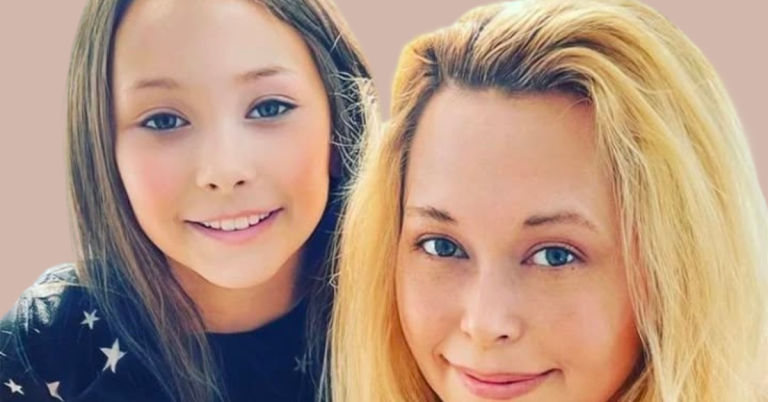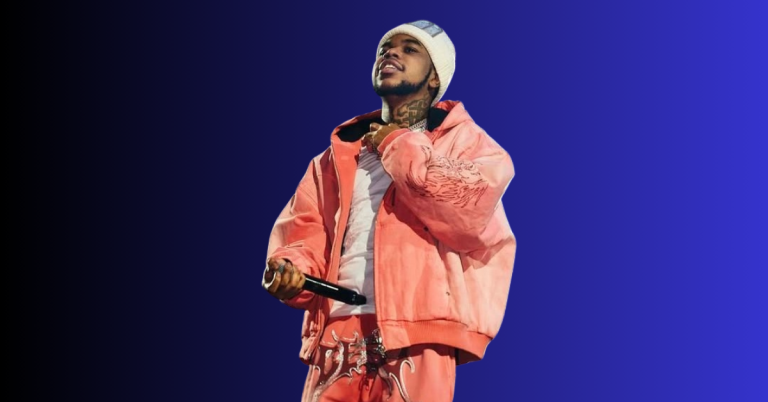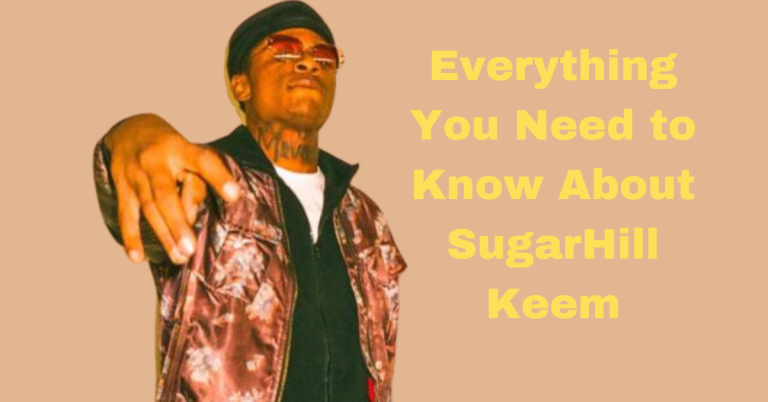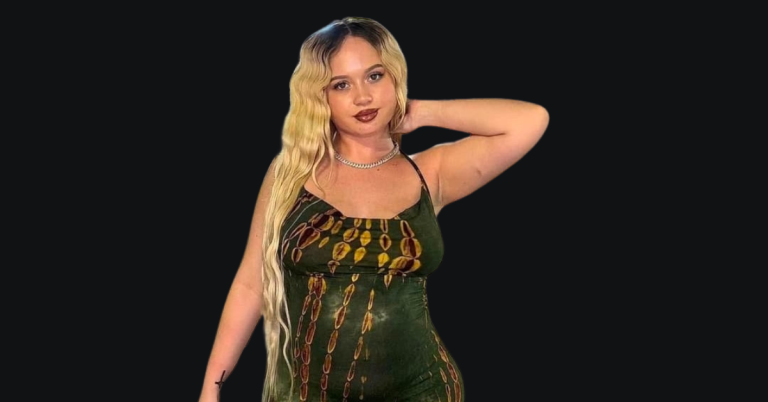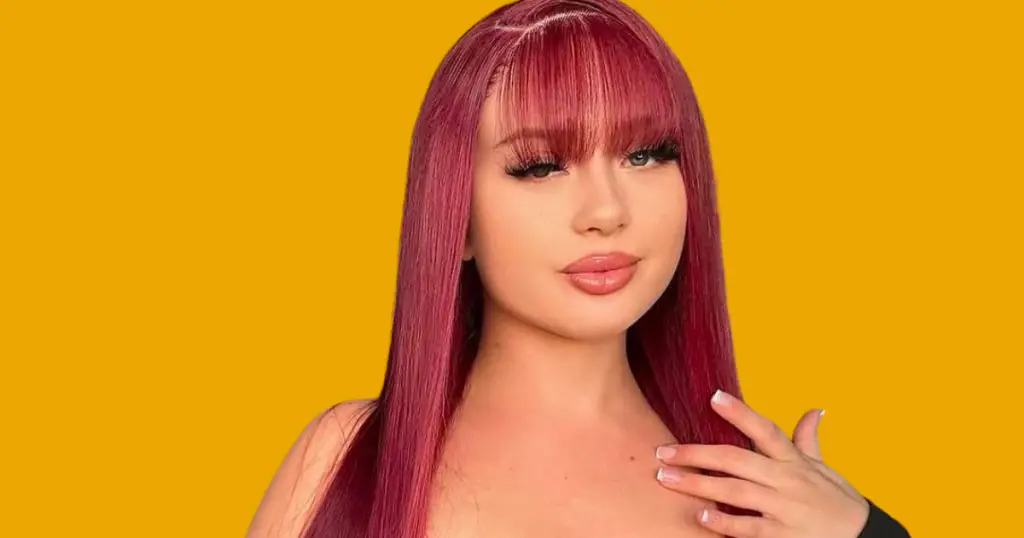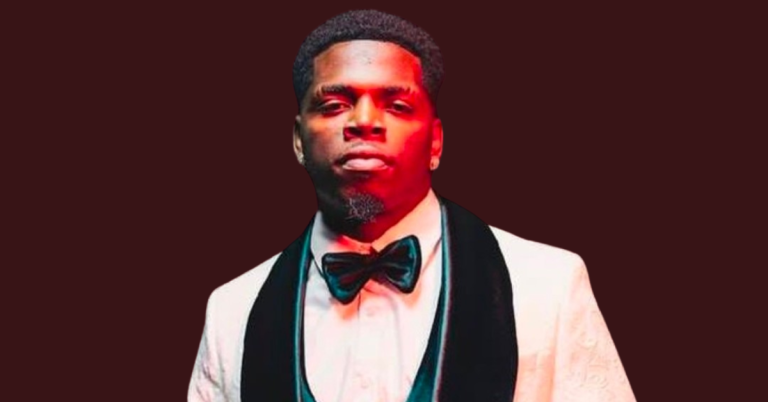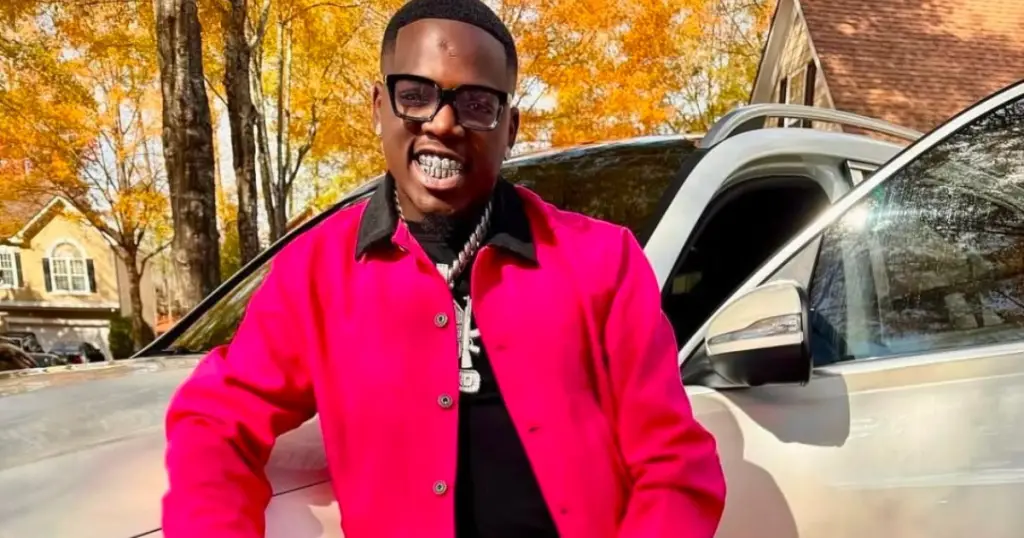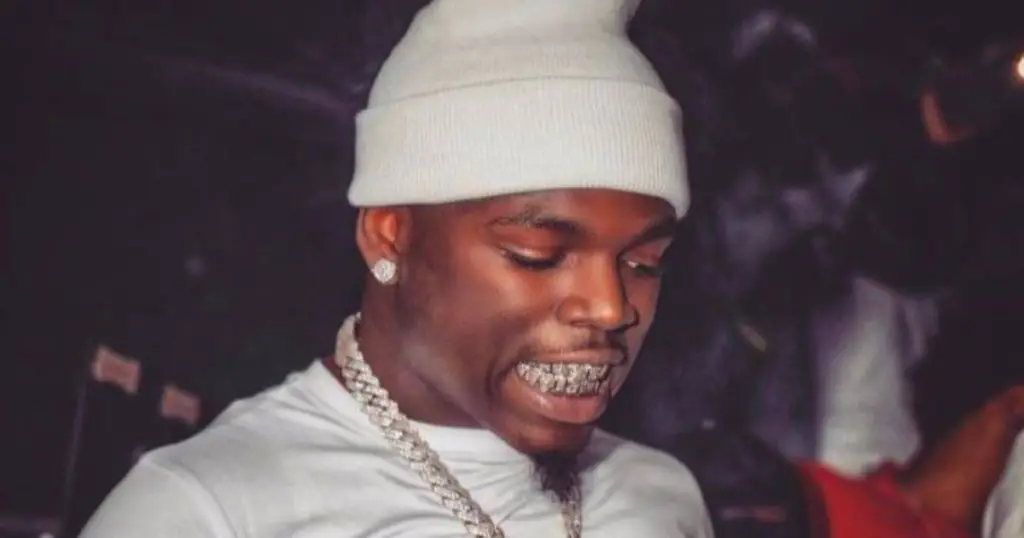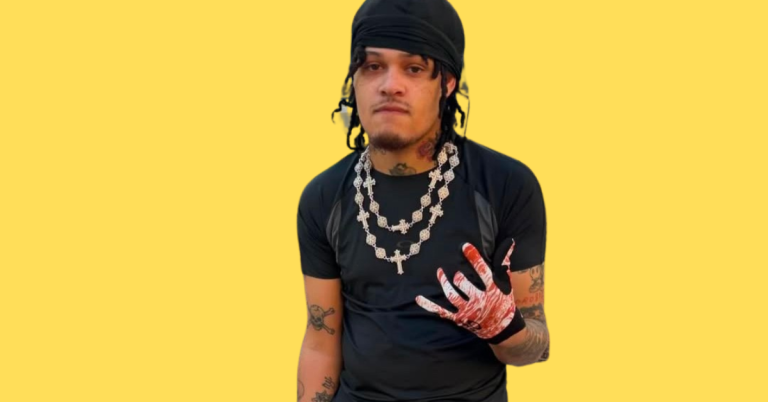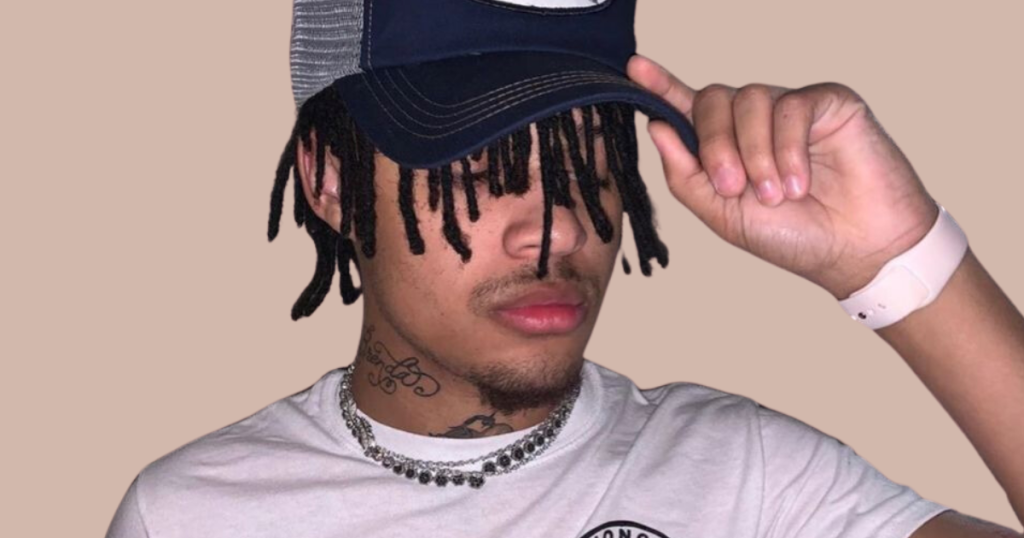Bebop and Bebe, a mother-daughter duo, have taken the social media world by storm with their engaging content on platforms like TikTok and YouTube. Their unique blend of humor, cosplay, and fashion has garnered them a massive following. In this article, we delve into their real identities, ages, and the journey that led them to internet stardom.
Who Are Bebop and Bebe?
Bebop and Bebe are a mother-daughter team known for their entertaining videos that showcase a mix of comedy, cosplay, and fashion. Their content resonates with a wide audience, contributing to their rapid rise in popularity.
Real Names and Ages
- Bebop: The mother, whose real name is Melissa Downs, is the creative force behind many of their videos. She has been instrumental in curating content that appeals to their diverse audience.
- Bebe: The daughter, known as Bebe, is a young girl who actively participates in the videos, adding charm and relatability to their content. Her age is not publicly disclosed, maintaining a level of privacy for her.
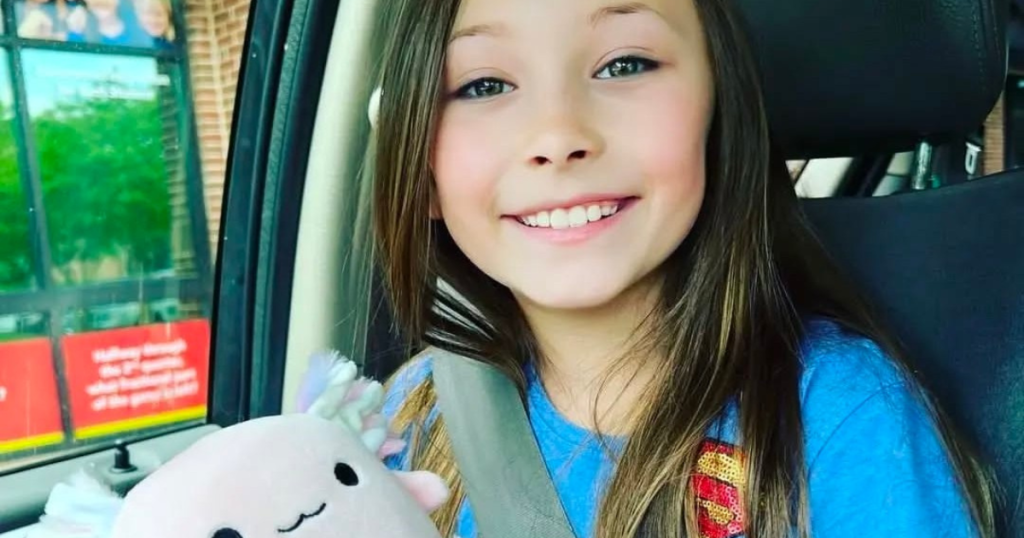
Rise to Fame
Their journey began on TikTok, where they started sharing short videos that quickly gained traction. Their unique approach to blending humor with cosplay and fashion set them apart from other creators. This success on TikTok led them to expand their presence to YouTube, where they continue to engage with their growing fanbase.
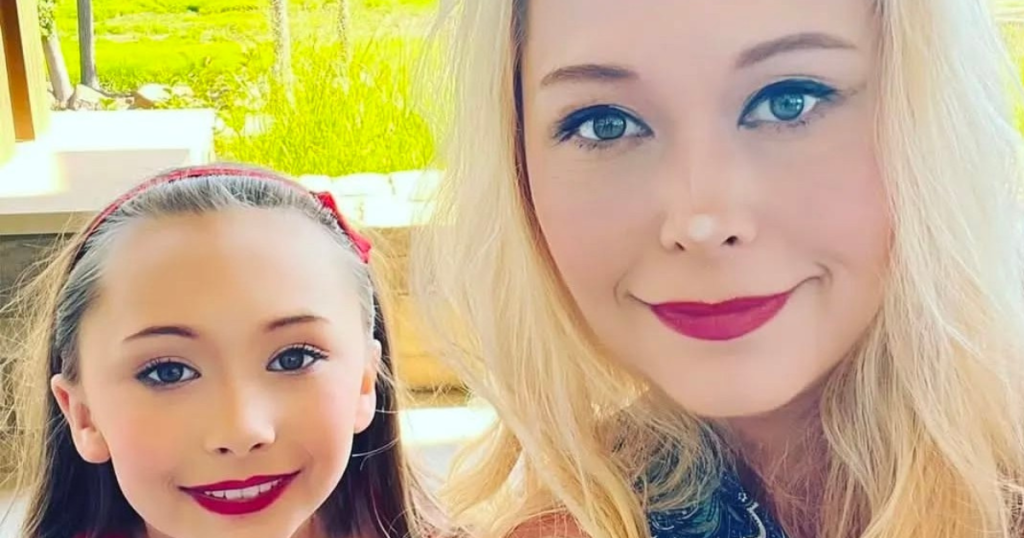
Controversies and Public Scrutiny
With their rise to fame, Bebop and Bebe have faced public scrutiny and various rumors. One notable incident involved speculation about their well-being, with some viewers expressing concerns about their content and personal lives. However, these claims have been largely debunked, and the duo continues to create content that resonates with their audience.
Conclusion
Bebop and Bebe’s journey from a mother-daughter duo to internet sensations is a testament to their creativity and the power of social media. Their ability to connect with audiences through humor and relatable content has solidified their place in the digital entertainment landscape.
FAQs
1. What are Bebop and Bebe’s real names?
- Bebop: Melissa Downs
- Bebe: The daughter’s real name is not publicly disclosed.
2. How old is Bebe?
- Bebe’s age is not publicly disclosed to maintain her privacy.
3. Where are Bebop and Bebe from?
- Specific details about their location are not publicly disclosed.
4. What type of content do Bebop and Bebe create?
- They create a variety of content, including comedy sketches, cosplay, and fashion-related videos.
5. Are there any controversies surrounding Bebop and Bebe?
- Yes, they have faced public scrutiny and rumors, but many have been debunked, and they continue to create content.
